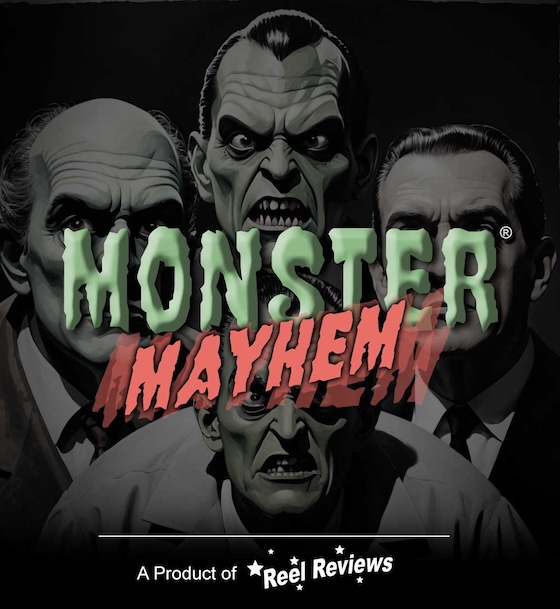The Stalking Death that Changed the Law
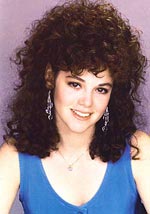 In the late 1980s, a young actress named Rebecca Lucile Schaeffer was struggling to find her big break in show business. Born in 1967, the only child of a psychologist and a writer, Rebecca was sleek, svelte and beautiful. A beauty that would land her on the cover of Seventeen magazine.
In the late 1980s, a young actress named Rebecca Lucile Schaeffer was struggling to find her big break in show business. Born in 1967, the only child of a psychologist and a writer, Rebecca was sleek, svelte and beautiful. A beauty that would land her on the cover of Seventeen magazine.
She was at the beginning of a promising career as an actress when an unemployed Tucson, Ariz., fast-food worker, who had developed an obsession, struck her down in 1989.
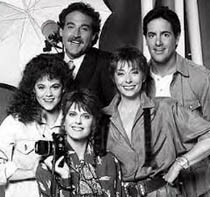
The show was a success, but Rebecca would never live to enjoy it.
Robert John Bardo
Robert John Bardo was the youngest of seven siblings, son of a former Air Force officer. He grew up in Tucson, Arizona, the object of much physical and mental abuse.
According to one of his teachers, Bardo was "a time bomb on the verge of exploding." When he was 13, Bardo took a bus to Maine in search of Samantha Smith, the child that became famous for sending a letter to Mikhail Gorbachov.
The authorities found him and returned him to Tucson.
Bardo became a good student, but wrote his teachers threatening letters. He was hospitalized two times because of "severe emotional damages."
At 16, while working as a janitor for a fast food restaurant, Bardo found a better reality in television. In the fall of 1986, he became a fan of My Sister Sam.
In particular, Bardo began to be obsessed with the character "Patti," played by Rebecca Schaeffer. He built a shrine to her in his bedroom.
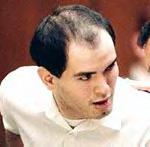
Like millions of fans, Bardo started to write letters to her. Rebecca responded, writing that his letter was "the most beautiful" that she had ever received. On her letter, she drew a peace sign, a heart, and signed it: "With love from Rebecca." The day Bardo received the letter he wrote in his diary: When I think of her, I would like to become famous to impress her.
In June 1987, Bardo arrived at the Burbank Studio gates where My Sister Sam was produced, carrying a teddy bear and a bouquet of roses for Rebecca. Naturally, the guard didn't let him in. Bardo returned a month later with a knife, but didn't gain entrance then either. In his diary, he wrote: "I don't lose. Period."
Bardo returned to Tucson. Later on, he saw her new film Class Struggle in Beverly Hills. In the movie, Rebecca had a bed scene with a male actor which gravely upset Bardo. He couldn't envision his innocent young girl being an adult woman. To him, she had now become "one more of the bitches of Hollywood." Bardo decided Rebecca had to be punished for her immorality. He drew a diagram of her body and marked spots where he planned to shoot her. He asked his older brother, Edgar, to buy him a gun.
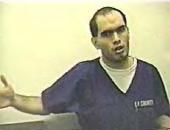
Find a Star's Address for $250
On July 17, 1989, Bardo called Schaeffer's agent's office and tried to find out where she lived. Refused this information, he relentlessly roamed the streets, flashing her photo and asking passersby if they knew her address. He needlessly paid a private detective $250 to find her. Needlessly because, for as little as $1, a person can go into any of California's DMV offices, fill out Form 70 stating who they are, what person they want information on, the reason, and how they intend to use it. Even if they lie, the information is delivered on the spot.
Armed with this information, on July 18 1989, Bardo, dressed in a yellow Polo shirt, rang Rebecca Schaeffer's doorbell. The intercom wasn't working, so she came downstairs to the apartment building's front door where she saw Bardo, and basically ignored his attention. He left and grabbed a meal of onion rings and cheesecake at Jan's Restaurant at 8424 Beverly Blvd. in Los Angeles. After about an hour, Bardo returned to the house and rang the bell again. Still in her housecoat, Schaeffer came to the front door, turned the handle and opened it.
"She Had This Kid Voice"
Bardo's own account of the incident:
A neighbor named Richard Goldman heard the two gunshots and two bloodcurdling screams and rushed to her door and found Rebecca Schaeffer's body clad in a black robe, twitching in the building's foyer. He checked her pulse, but found none. Her arms were akimbo and her feet were wedged between the door and its frame. Witnesses saw a young man in a yellow shirt jogging up the Hollywood block. He turned into an alley and disappeared.
Sirens screaming, Rebecca was rushed to Cedars-Sinai Medical Center. She lingered for 30 minutes before she died.
The next day, back in Tucson, several motorists called 911 to report a man running around in traffic on Interstate 10. It looked like he was trying to get hit. He confessed immediately to Schaeffer's murder. Arizona police faxed his photo to LA, and witnesses confirm his identity. In court, he appeared dazed and confused. "I could probably tell you what I did after I killed her, how I got sick and all...but I don't feel like it," he said.
"I Was a Fan of Hers and I May Have Carried it Too Far"
A year after the slaying, Bardo gave an interview in which he stated, "I was a fan of hers and I may have carried it too far. But a lot of things have appeared in the press to make me out to be a monster. If I had one wish where if it was to ever come true it would be for Rebecca Schaeffer to be alive today."
When Bardo's sister heard about the murder, she contacted the police about her brother. He was extradited to California. Bardo defense attorneys pleaded he had an unstable mental condition due to childhood abuse.
Bardo was tried and convicted by prosecutor Marcia Clark, who would later become most famous for her unsuccessful attempts to prosecute O.J. Simpson in the murder of Nicole Brown Simpson and her friend.
Convicted of capital murder in a non-jury courtroom, Bardo was sentenced to life without parole by Superior Court Judge Dino Fulgoni on Dec. 20, 1991. Eyes flashing like Satanic neons, Bardo told the judge:
Governor George Deukmejian Gets Involved
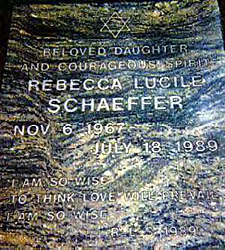
According to the legislation, a stalker is defined as "someone who willfully, maliciously and repeatedly follows or harasses another victim and who makes a credible threat with the intent to place the victim or victim's immediate family in fear of their safety." There must be at least two incidents to constitute the crime and show a "continuity of purpose" or credible threat.
By 1993, all states, as well as Canada, put anti-stalking laws into effect.
UPDATE: Looks like prison justice has worked again. Seems Bardo was introduced to the business end of a prison shank recently. Following is an AP report on the incident. Notice Bardo is housed at the same facility where Charles Manson slurps soup (Mule Creek State Prison in California).
SAN FRANCISCO (AP) - The man convicted of stalking and killing actress Rebecca Schaeffer in 1989 was stabbed repeatedly by another inmate in the prison where he is serving a life sentence, corrections officials said.
Robert John Bardo, 37, suffered 11 stab and puncture wounds Friday at Mule Creek State Prison in Amador County, authorities said. He was treated at University of California, Davis, Medical Center and returned to the prison, officials said.
"We have a number of high-notoriety cases, so we cannot jump to the conclusion as to whether his notoriety was a factor in the attack," said prison Sgt. Chris Weathersbee.
The slaying of Rebecca Schaeffer, a former teenage model who co-starred in the 1980s sitcom My Sister Sam, helped prompt anti-stalking laws. She was shot when she answered the door of her home in Los Angeles.
According to trial testimony, Bardo, then 19, was obsessed with Rebecca Schaeffer, and sent her letters and tried to visit her. He obtained her address through a private detective, who got it from the state Department of Motor Vehicles.
Bardo was housed in a maximum-security unit for inmates with sensitive needs, including former gang members, notorious prisoners and those convicted of sex crimes.
State Department of Corrections and Rehabilitation officials said he was stabbed in the prison yard while inmates were on their way to breakfast. Two inmate-made weapons were found at the scene. The suspect in the attack was identified as a man serving an 82-years-to-life sentence for second-degree murder.
UPDATE: The following was culled from the Death of Anissa Jones Discussion Forum attached to this site. It is a personal account posted by a visitor so take that into account, but there's little reason to not believe in its validity:
"When Robert John Bardo tried to purchase a Ruger GP100 .357 magnum at Jensen's Firearms in Tucson Az. in the summer of 1989, he filled out the paperwork answering yes to having been committed to a mental facility, a disqualification. (He was also underage but he had a fake Driver's License that would have worked.)
The salesman, a member of the Air Force named Bob, told him he could not purchase the revolver. Bardo got irate and said he wanted to fill out another copy, the salesman sought out help and Jerome Larochelle who also worked at Jensen's, told the guy absolutely no way and he told Bardo he could not own a firearm and to "Get the fuck out!" (Because he did not like the vibes he got from him!) The two then escorted Bardo from the store.
Larochelle, his friend Bob and the Manager on duty at Jensen's hung Bardo's disqualified form on the bulletin board and wrote "DO NOT SELL TO THIS INDIVIDUAL!"
The next morning Bardo came in with his brother who purchased the same Ruger GP100 revolver and gave it to his brother when they were out side of the shop, (a violation of federal law. His brother would have known that because it asks you that question on the form and warns that such 'straw man' purchases are a violation of Federal Law!)
Bardo then used the revolver to fatally shoot Rebecca Schaeffer on July 18th.
When Marsha Clark was prosecuting Bardo, the Jensen's people contacted her office and vehemently argued the point that these two went out of their way to break the law and scam a firearm for Bardo, and his demeanor, pointing to First Degree Premeditated Murder and accessory to First Degree Murder! Their voices fell on deaf ears and John Bardo got life, his brother was not charged."
Rebecca Schaeffer External Links
Court TV's Crime Library - Their take on Rebecca Schaeffer's murder and how it shaped anti-stalker laws.
Rebecca Schaeffer - Rebecca's Wikipedia page.
Imdb.com - Rebecca's bio at the Internet Movie Database.
My Sister Sam - All about the TV show over at TV.com.
More Rebecca Schaeffer Stuff
 |
| The doorway at 120 N. Sweetzer where Rebecca answered the knocks of John Robert Bardo. She lay bleeding on the bricks after two gunshots from Bardo's pistol. |
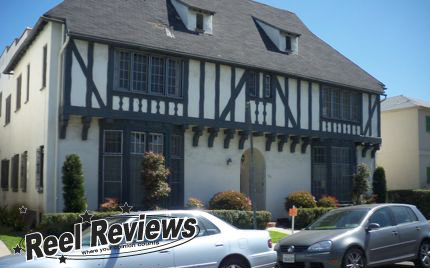 |
| The tudor-style home at 120 N. Sweetzer where Rebecca was killed. |
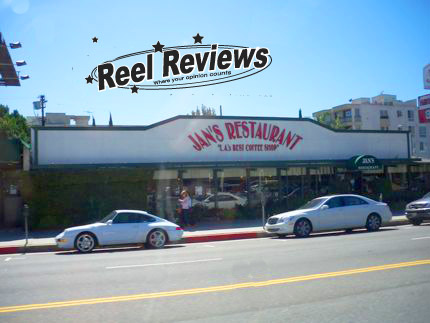 |
| Jan's Restaurant at 8424 Beverly Blvd. in Los Angeles, where Bardo would dine before killing Rebecca Schaeffer. |
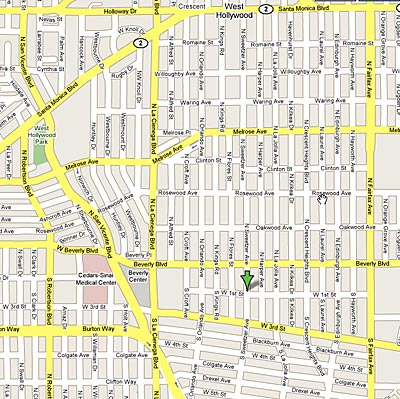 View Larger Map |
| The Green arrow marks 120 N. Sweetzer where Rebecca Schaeffer was living at the time of her death. |







